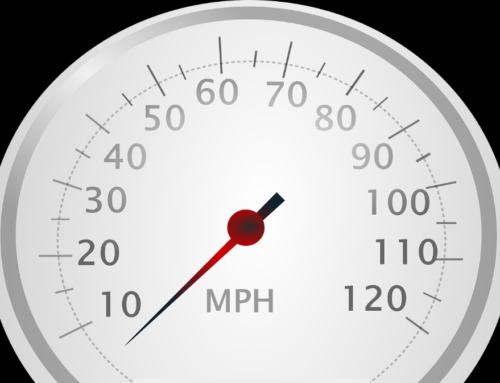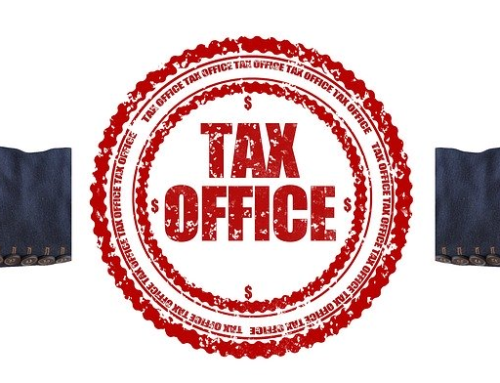You’re a business owner, who wants to take a two-week trip around the US…Wonderful! But did you know that you could legally deduct every dime that you spend on your vacation? Well, here’s how to do it in 5 easy steps:
1. Make all your business appointments before you leave for your trip.
True or False: You can go on vacation and simply hand out their business cards in order to make the trip deductible.
FALSE!
You must have at least one business appointment before you leave in order to establish the “prior set business purpose” required by the IRS.
Let’s say you’re a jewelry designer, looking for new distributors in those cities; One possible way to establish business contacts, if you don’t already have them–is to, for example, place advertisements looking for distributors in newspapers in each location that you plan to visit. You could then interview those who respond when you get to the business destination. By doing so, the IRS would accept his trip for business.
Tip: It’s important that you document this business purpose by keeping a copy of the advertisement and all correspondence along with noting what appointments you will have in your journal.
2.Make Sure your Trip is All “Business Travel.”
In order to deduct all of your on-the-road business expenses, you must be traveling on business. The IRS states that travel expenses are 100 percent deductible as long as your trip is business related; you are traveling away from your regular place of business longer than an ordinary day’s work; and you need to sleep/rest to meet the demands of your work while away from home.
Example: You want to go to a regional meeting in Santa Barbara, which is only a one-hour drive from your home. If you were to sleep in the hotel, where the meeting will be held (in order to avoid possible automobile and traffic problems), your overnight stay qualifies as business travel in the eyes of the IRS.
Tip: Remember: You don’t need to live far away to be on business travel. If you have a good reason for sleeping at your destination, you could live a couple of miles away and still be on travel status.
3.Make sure to deduct all of your on-the-road-expenses for each day you’re away.
For every day you are on business travel, you can deduct 100 percent of lodging, tips, car rentals, and 50 percent of your food.
Tip: The IRS doesn’t require receipts for travel expense under $75 per expense–except for lodging.
Example: If you pay $6 for drinks on the plane, $6.95 for breakfast, $12 for lunch, $50 for dinner, you do not need receipts for anything since each item was under $75.
Tip: You would, however, need to document these items in your journal. A good tax journal is essential in order to audit-proof your records. Adequate documentation includes amount, date, place of meeting, and business reason for the expense.
Example: If, however, you stay at the Four Seasons and spend $22 on lodging, will you need a receipt? The answer is yes. You need receipts for all paid lodging.
Tip: Not only are your on-the-road expenses deductible from your trip, but also all laundry, shoe shines, manicures, and dry-cleaning costs for clothes worn on the trip. Thus, your first dry-cleaning bill that you incur, when you get home will be fully deductible. Make sure that you keep the dry cleaning receipt and have your clothing dry cleaned within a day or two of getting home.
4. Sandwich weekends between business days.
If you have a business day on Friday and another one on Monday, you can deduct all on-the-road expenses during the weekend.
5. Make the majority of your trip days count as business days.
The IRS says that you can deduct transportation expenses if business is the primary purpose of the trip. A majority of days in the trip must be for business activities; otherwise, you cannot make any transportation deductions.
Example: You spend six days in San Diego. You leave early on Thursday morning. You have a seminar on Friday and meet with distributors on Monday and drive back to Santa Monica on Tuesday night. How many days are considered business days?
All of them. Thursday is a business day since it includes traveling – even if the rest of the day is spent at the beach. Friday is a business day because you have a seminar. Monday is a business day because you meet with prospects and distributors in pre-arranged appointments. Saturday and Sunday are sandwiched between business days, so they count, and Tuesday is a travel day.
Since you accrued six business days, you could spend another five days having fun and still deduct all your transportation to San Diego. The reason is that the majority of the days were business days (six out of eleven). However, you can only deduct six days’ worth of lodging, dry cleaning, spa and tips. The important point is that you would be spending money on lodging, gas and food; but now most of your expenses will become deductible.
Tax rules change. If you have questions about how you may combine personal and business time, email us or contact our office before you plan your trip!






